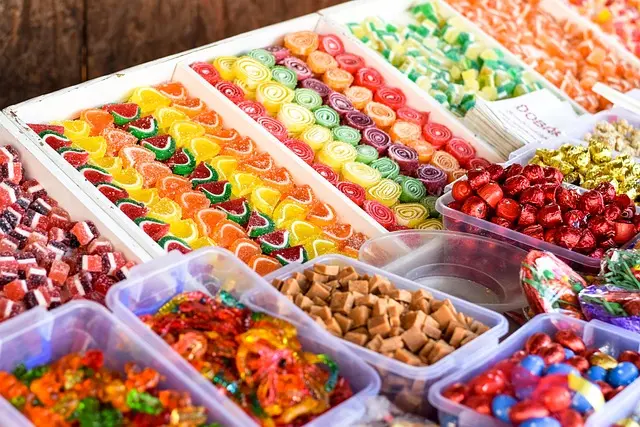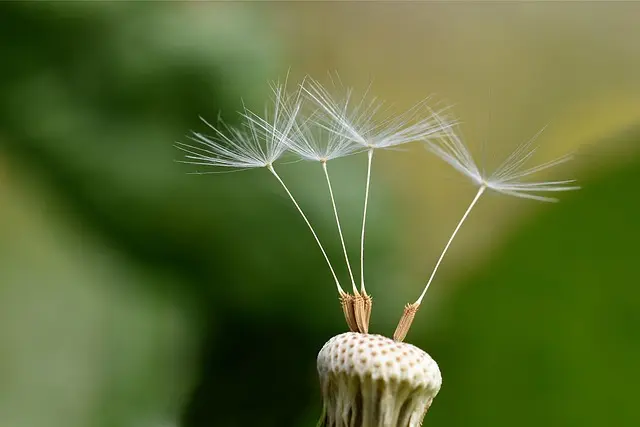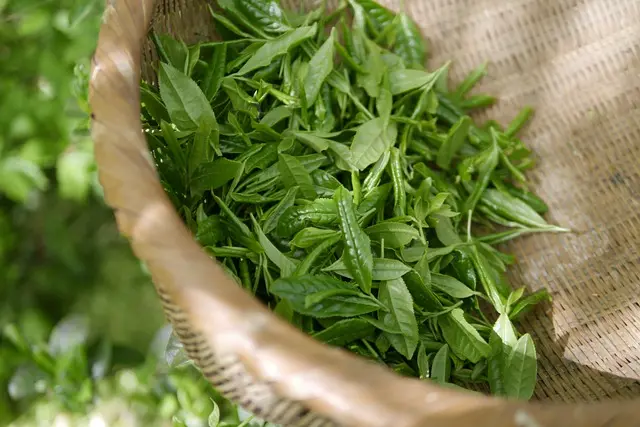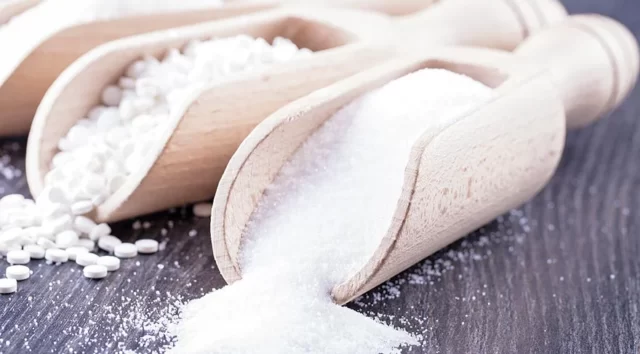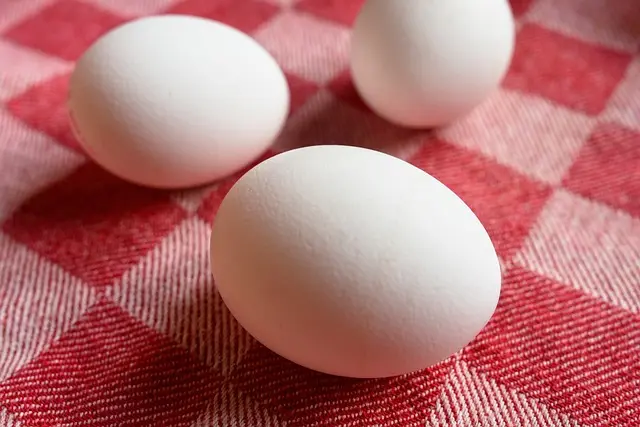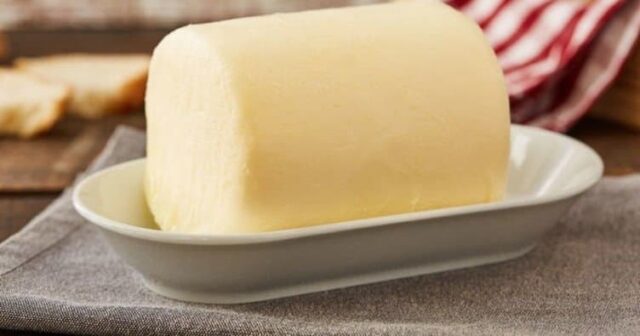
When I say butter, there will be people who love it as well as those who don’t. But it has an important place in our kitchens. We can use and consume it in many places, from breakfast to dinner and pastries.
If you are wondering how butter is produced, let’s take a look at it together.
Butter; It is a dairy product obtained from milk, cream or yogurt. What we call cream is milk fat obtained mechanically from milk. Businesses mostly get butter from cream. And the properties of the cream are of great importance in terms of obtaining a quality butter. It is not expected to obtain a quality end product from a poor quality raw material.
Enterprises can obtain creams by separating milk fat from their own milk. Or they buy cream.
- First, the fat ratio of the cream is adjusted with the standardization process.
- Then, neutralization process is applied to creams with high acidity. (It is mostly applied to creams up to 27 °SH. Creams with higher acidity are not suitable for making butter. It is reduced to 10-11 °SH.) If neutralization is not applied, coagulation may occur in the cream during the pasteurization process. A rough structure is formed.
- Then pasteurization is applied. And it is cooled. The aim is to destroy pathogenic microorganisms.And it provides easy processing of the cream. Pasteurization norms vary according to the fat content of the cream. If the oil content is high, the temperature is increased.
- After the cream is cooled, the ripening process begins. Ripening can be done physically and biochemically. The purpose of physical maturation is to ensure that the oil particles that have become liquid become solid again.In biochemical maturation, the product is given taste and aroma by using starter culture. It improves acidity.
- After the maturation process, the churning process is started. The spreading process takes about 45 minutes. The churning temperature also changes depending on the fat ratio of the cream.In addition, if clarification is done insufficiently, excess oil remains in the buttermilk. Butter grains obtained as a result of churning are subjected to washing process. The aim here is to remove the buttermilk around the oil particles. If it is washed too much, the unique taste and smell of butter can be removed. The water used must also be of drinking water quality.
- Washing water is poured and malaxe (kneading) process is started. It is made for the purpose of bringing together the butter particles. A homogeneous and tight structure is created.
- The butter, which is ready after the kneading process, is divided into portions and packaged. It is stored under suitable conditions.
Important Reminder:
Although the production stages are like this in general terms, they can create differences according to the enterprises. For example, many businesses separate the milk fat by separation after pasteurizing the milk. In this way, they do not pasteurize the cream afterwards. In addition, the use of starter culture is not in question in every company. There are also companies that use beta carotene (E160) for coloring purposes. These types of differences vary from company to company.
Reference:
Üçüncü M., Süt ve Süt Mamülleri Teknolojisi, Sidas Medya, İzmir, 2015.
Megep, Gıda Teknolojisi, Tereyağı (Butter) , Ankara, 2013.

